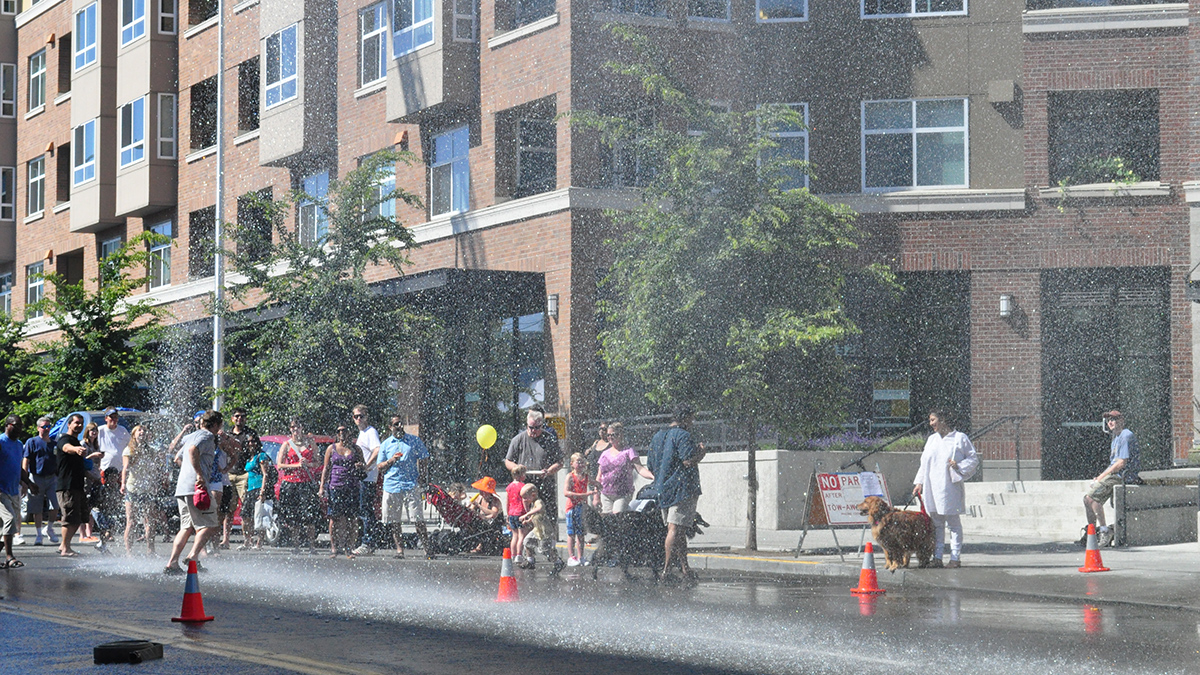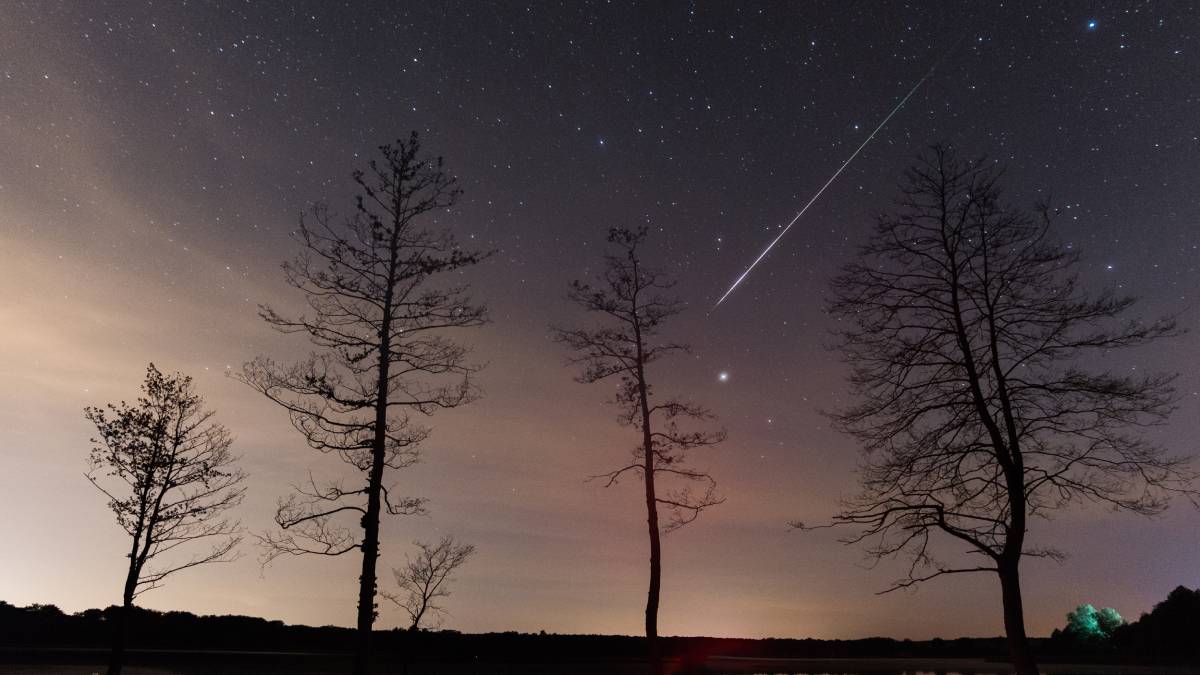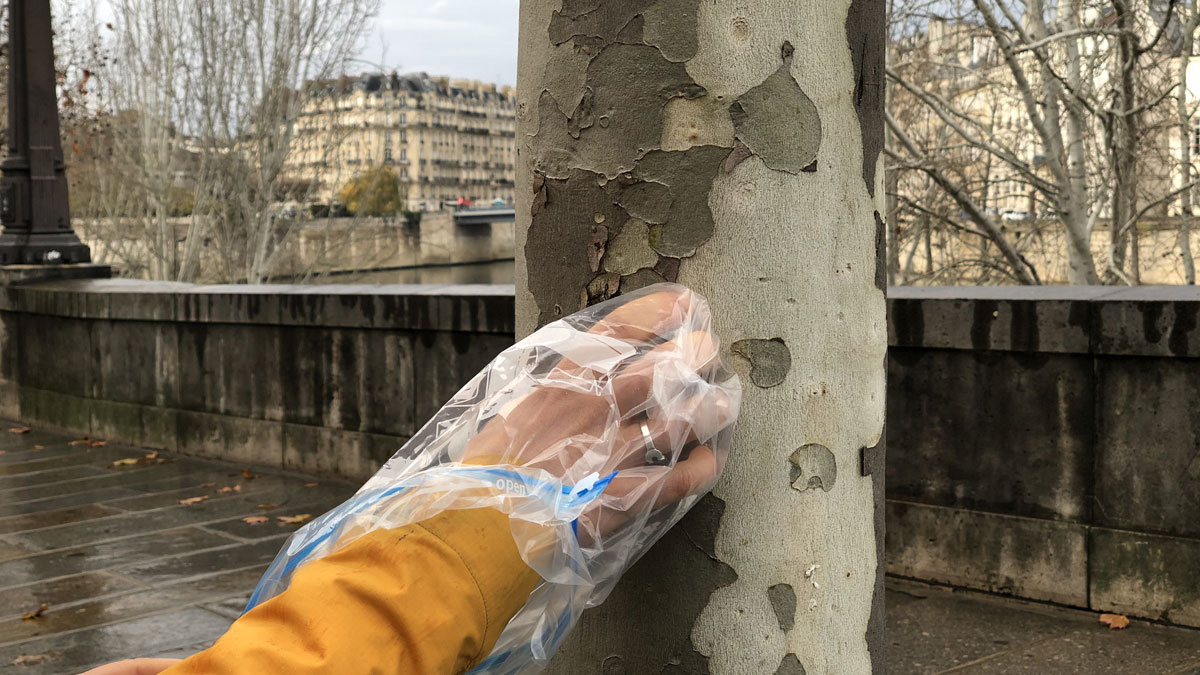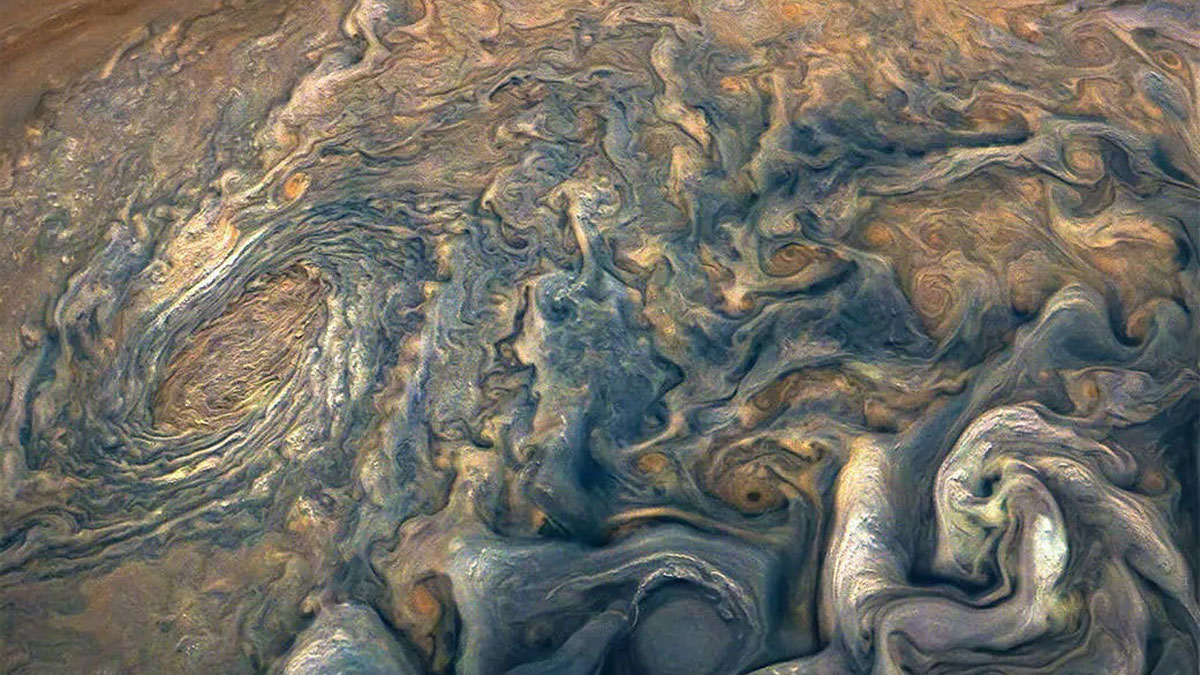Data from personal weather stations power a novel way to detect urban heat islands.
crowdsourced science
A Geologic Map of the Asteroid Belt
Scientists leveraged a global camera network and doorbell cameras to track dozens of meteorites to their asteroid families.
Trust in Evanston Tap Water Depends on Gender, Race, and Past Experiences
Residents of the relatively high income Illinois city share why they trust the water in their taps—and others share why they stay away.
Nebraska High Schoolers Test Well Water Quality
The Know Your Well program gives high school students experience in hands-on STEM research while providing community members information about their water quality.
A New App Tracks Burrowing Animals That Weaken Levees
Researchers are calling on amateur scientists to help protect flood barriers in their communities.
Here’s How the Hunga Tonga Eruption Sounded
New Zealanders’ experiences during the Hunga Volcano’s eruption match seismic monitoring data.
Volunteers Track Parisian Pollution with the Help of Tree Bark
Participants in the Ecorc’Air project are using magnetic particles deposited on tree bark to reveal local traffic pollution patterns.
All Eyes on Jupiter
Astronomers hope amateur enthusiasts will help them monitor Jovian weather.
More than a Third of Coastal Alaska Structures May Be at Risk of Flooding by 2100
A new analysis of flood exposure shows many residential buildings at risk as sea levels rise.










